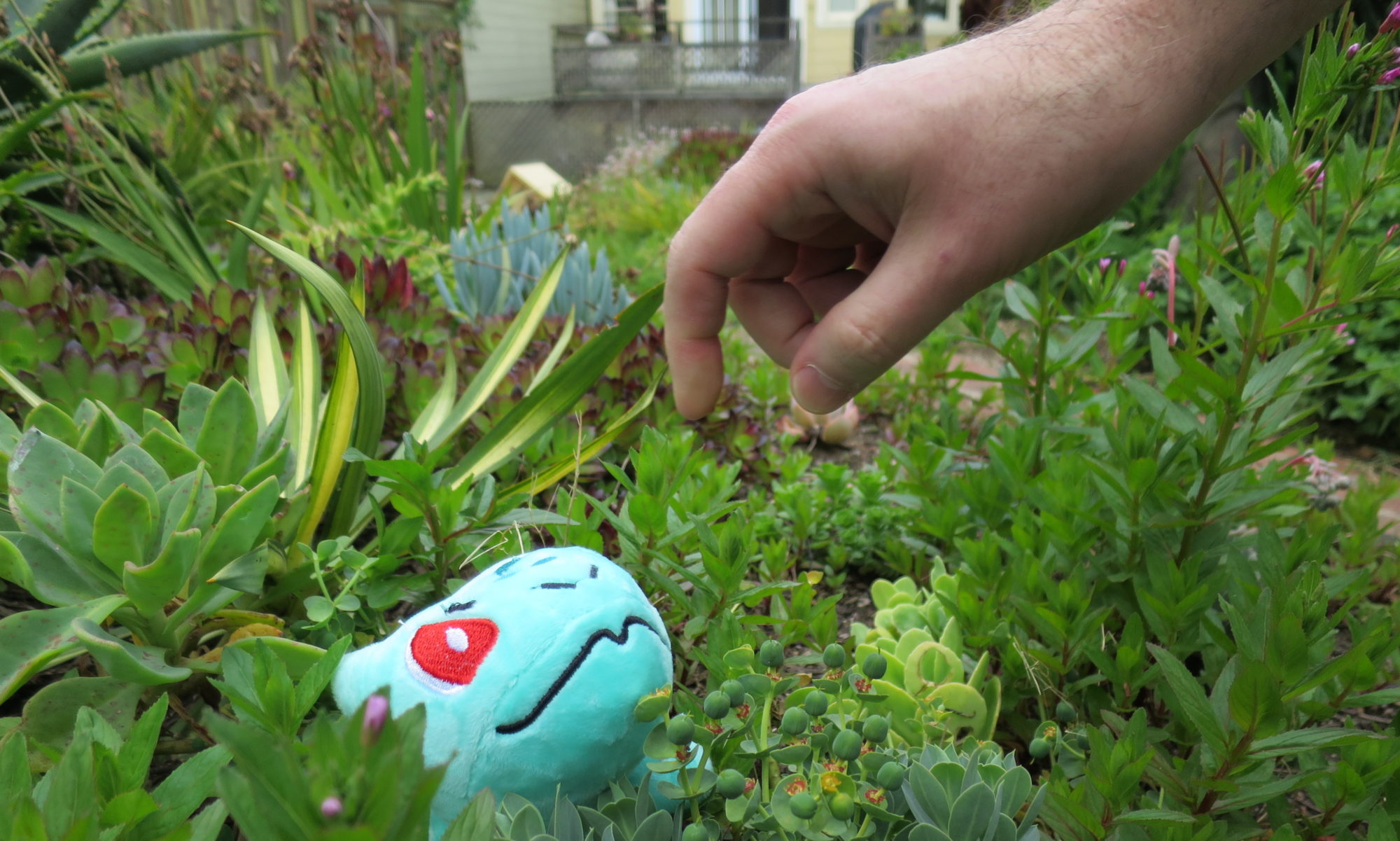
If you’re like me, you installed Pokemon GO, um, for the kids to play, yeah, that’s it. It’s a great game for getting out and exploring the neighborhood together. You and your kids probably learned all about what kind of biome is likely to hide a Squirtle and what creature is best suited for fighting a Jigglypuff. If only there was a similar app that would get you and your kids outside learning facts about real plants and animals…
Oh Magikarp, are you in for a treat. Check out the iNaturalist site and accompanying app. It’s a nature cataloging project run out of the California Academy of Sciences. From the site: “iNaturalist is an online social network of people sharing biodiversity information to help each other learn about nature “. They don’t do scientific research themselves, but by creating a huge plant and animal database that includes location and date, scientists can use the data to gain all sorts of knowledge about what lives where, what time of year it’s around, etc. Since non-professional scientists like us are helping out, they call it “Citizen Science” (search that term for lots of projects you can join).
I’m sure the plethora of data the app can generate will be a boon for researchers, but for parents of junior scientists, it offers a great way to get exercise while stimulating curiousity. With my girls, I call it “Real Life Pokemon Go”. Whenever we’re out and about, I have them keep there eyes open for interesting life. Usually they spot bugs and birds, but sometimes we capture flowers that catch their eye. It’s a good tool to get them thinking like a scientist a little bit each day, and it doesn’t drain my phone battery as fast as Pokemon GO.
Sometimes though, you want to go big with a project. For that, we head out to one of the local hiking trails and do a nature scavenger hunt. We form teams with one kid, one parent, and one smart phone with the iNaturalist app per team. Then we set off and try to collect as many different plants and animals as we can by the end of the hike. Hikes often end with lunch or snack at a favorite restaurant, and waiting for food gives us a chance to compare notes.

A big part of doing science is gathering data. This app lets you become a field scientist as you gather gather gather data. Your kid may wonder what happens with all the data. When you first submit a picture (or three), you have a chance to identify the species. Don’t worry if you don’t know, however, because while there are a lot of folks out gathering data, there are also folks working to identify all of the submitted observations. For you and your kids, that means that usually within a few days, someone will have suggested the proper species name. When you open your app, you can find out what it was you saw. We’ve learned a lot about what lives in our neighborhood that way.
Check it out, and when you submit observations, be sure to add them to the Science With Your Kid project. How many different species can we observe? Check the project link to find out.
